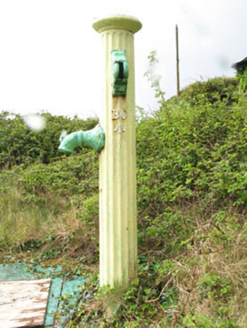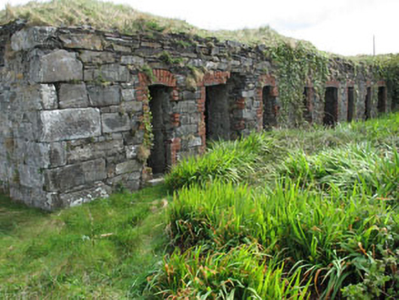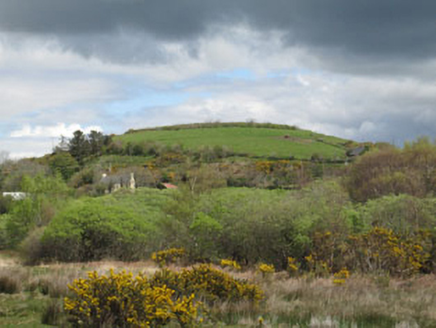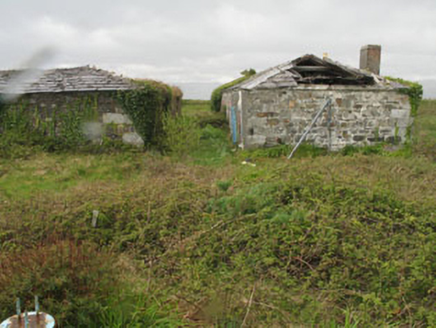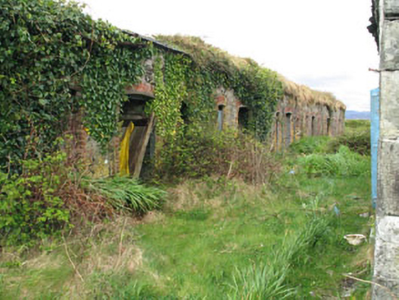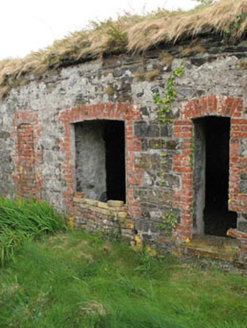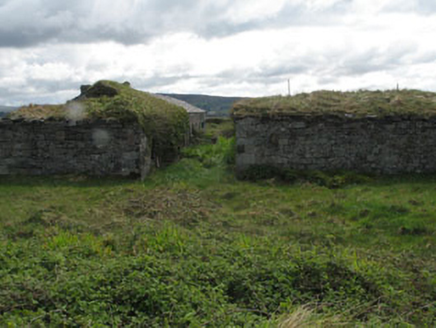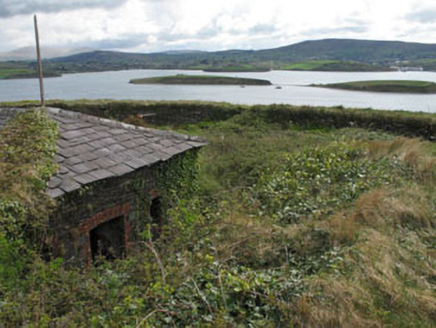Survey Data
Reg No
20911801
Rating
Regional
Categories of Special Interest
Architectural, Historical, Social, Technical
Original Use
Battery
Date
1800 - 1805
Coordinates
97228, 50156
Date Recorded
29/04/2008
Date Updated
--/--/--
Description
Freestanding circular-plan battery, built 1804, having military barracks, magazine and cast-iron water pump to interior. Now in ruins. Redoubt comprises circular-plan rubble stone lined ditch with parapet and accommodation for front-pivoted traversing carriages and banquette. Interior accessed by timber drawbridge with cast-iron railing, to north-east. Three structures to interior, two twelve-bay single-storey accommodation blocks to north-east and one nine-bay single-storey magazine to south-west. Hipped slate roofs, with rendered red brick chimneystacks to north-east accommodation block. Rubble stone and rendered walls with dressed quoins. Camber-headed openings with limestone sills and red brick block-and-start surrounds. Some openings blocked with red brick. Camber-headed door opening with timber battened doors and red brick block-and-start surrounds. Two-bay single-storey outbuilding to south-west having rubble stone walls and square-headed door openings. Freestanding cast-iron water pump to south-east of central structure with fluted shaft, ram's head bucket grip to spout, handle fixings, inscription and bench mark.
Appraisal
As a consequence of the 1796 attempted French invasion of Ireland, the British Government built three batteries on Whiddy Island. Despite being abandoned in 1807, the impressive Middle battery, being the largest and best surviving of the three, demonstrates a high level of craftsmanship and dominates a vast area of land with commanding views to all sides. Taken in context with both the east and west batteries, they provide a vivid visual reminder of the strategic important of this remote area in the past.
